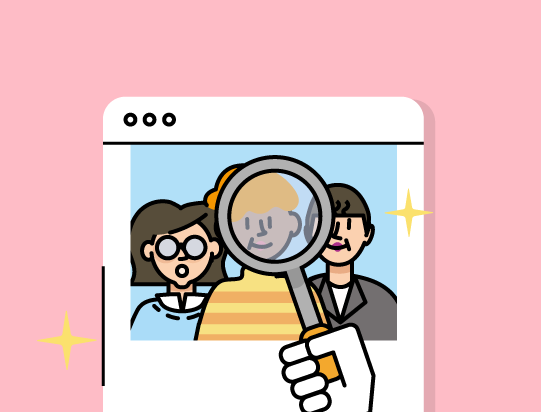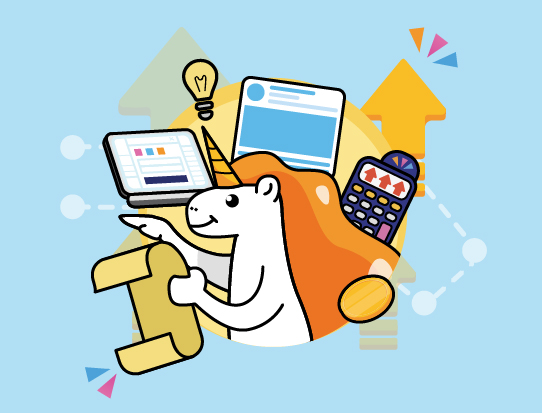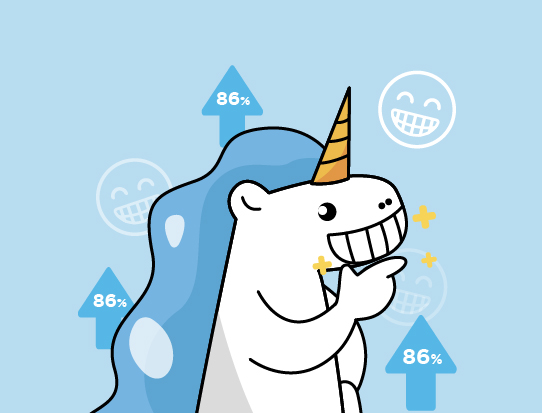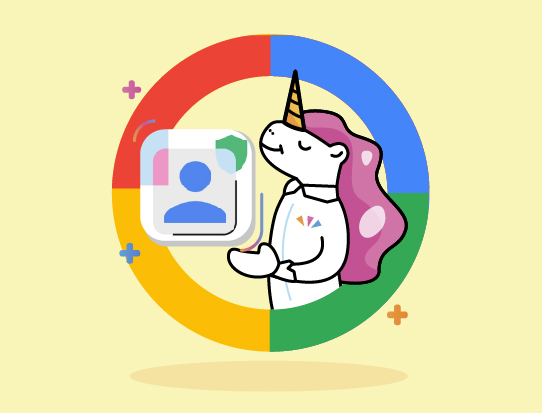You’ve probably heard the term “cookieless future” already. After all, the digital world is heavily preparing for this. Even though this will most likely happen in late 2022, the best time to prepare is now. Just to help you get up to speed on what’s happening and what it will mean for you and your business, we’ve rounded up the most common questions about cookies and the cookieless future.
1. What are cookies?
Cookies (ex. username, password, etc) are text files with small pieces of data sent to your browser by websites you visited. Data stored in the cookie helps the site remember information about your visit. It is labeled with a unique ID to you and your computer network.
2. What are cookies used for currently?
The purpose of cookies is to improve your web browsing experience and to make the sites you’re visiting more useful. This also includes a digital advertising experience. Basically, cookies help curate the most suitable ads for you.
For advertising purposes, cookies help in frequency targeting, cross-device targeting, cross-platform targeting.
3. What’s the difference between first- and third-party cookies?
First-party cookies are directly stored by the website (or domain) that you visit. Basically, these cookies allow website owners to collect analytics data from visitors. They also help remember language settings and other functions that will help provide a good user experience.
For example, if first-party cookies are blocked on an eCommerce site, you will need to sign in every time you visit. You won’t be able to shop for multiple items because your cart would reset every time you add an item.
Third-party cookies, on the other hand, are placed on websites through a script or a tag. They are not created by the website owners, hence the term “third-party.” These are the cookies used for online advertising purposes. They are accessible on any website that loads the third-party server’s code.
Let’s continue with the eCommerce example from above. You decide to buy a pink shirt over a pair of pink sneakers. Later on, you will receive emails or see ads related to the item you looked at but didn’t end up buying. Even if you close your browser or log off, that tracking data will still be on your computer. You may still see these ads tomorrow or the week after.
You can read more about the difference between first-party and third-party cookies in this blog article.
4. When are cookies going away for good?
We’ll be saying goodbye to third-party cookies by the end of 2022. As early as now, marketers and advertisers are already thinking of other ways to track advertising. This cookieless future is both a challenge and an opportunity for businesses around the world.
5. What does a cookieless future look like?
With third-party cookies gone, the future will largely depend on first-party data. What does this mean? Marketers and brands will need to revisit their strategies in order to boost awareness and conversions. Marketers will need to be more creative in thinking of ways to obtain first-party data to use across advertising efforts.
Customer experience will be prioritized, as well as gaining and establishing the trust of the consumers.
6. Why should businesses be concerned about this?
It’s going to be a challenge to go into the cookieless future unprepared. Businesses will need to be flexible and will need to get ready to do a lot of testing and reinventing.
Without third-party cookies, the future will be more consumer-centered. Retargeting will change, but there is an opportunity to build stronger customer relationships. After all, obtaining first-party data involves consent from customers.
With stronger customer relationships and trust, businesses can expect higher returns. They will see more engaged users, more engaged traffic, and higher-quality transactions and conversions.
7. Why should advertisers be concerned about this?
It’s definitely going to be challenging to deliver personalized experiences. However, advertising efforts using first-party data effectively can experience double the incremental revenue from just a single ad placement.
Advertisers will need to come up with new strategies based on first-party data. This will help churn out relevant ads based on relevant individual’s information.
Contextual targeting will also be an effective solution. Advertisers can determine users’ interests without invading their privacy and personal data. Essentially, advertisers can match their ads to relevant sites with relevant content to their brand.
8. How will this affect you as a consumer?
Consumers will have more control over the data they share with companies and advertisers online. Consent will be a key factor, as consumers must give consent and allow their data to be collected.
Online users may start seeing generic or irrelevant ads on other websites, but they will still be targeted with personalized messaging from brands that they have visited or given consent to.
9. What’s next?
Needless to say, there will definitely be more changes in the coming months as we approach the cookieless future. As the Internet gives back control of personal data to the consumers, advertisers should start looking at marketing strategies differently.
Brands will soon be revolutionizing their approach to marketing. Creativity and strategic thinking will be challenged as we go into this new era of cookieless advertising, but the future looks bright with the promise of data privacy, highly engaged users, and stronger customer relationships.











